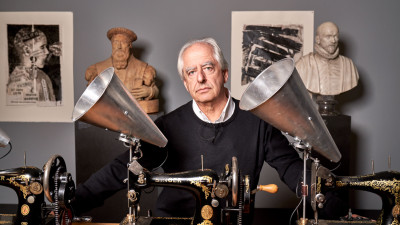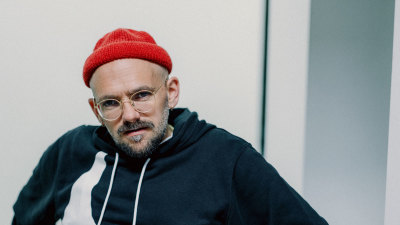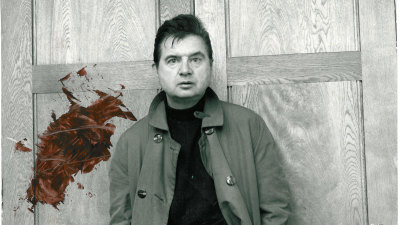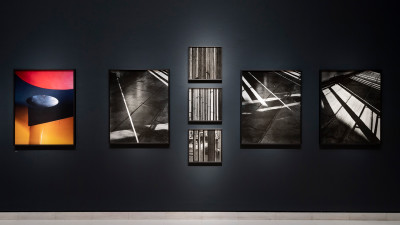Jean-Etienne Liotard: the story so far
Jean-Etienne Liotard: the story so far
By Tom Jeffreys
Published 26 October 2014
As we prepare for an exhibition of this eccentric and distinctive portraitist, we caught up with co-curator MaryAnne Stevens to learn about the genesis of the show.
-
Jean-Etienne Liotard is an exceptional artist, and yet he is not at all known in the UK today. Now is the perfect moment to reinvigorate interest in this master of the pastel portrait.
Traditionally, pastel is applied in an open, painterly way, but Liotard’s portraits are much more finely crafted, highly polished, and exquisitely detailed. He originally trained as a miniaturist, and it shows. Using very finely sharped hard pastel chalks pastels alongside softer and broader pastel sticks, he was able to lend a real sense of vivacity to his sitters, especially in the handling of the eyes. His treatment of materials is incredible too: you can really differentiate the various qualities of fur, satin, velvet and lace – everything is there, right down to the way an individual button has been covered. His work is alive with a heightened verisimilitude – visitors are going to be bowled over by it.
Liotard is significant for his subject matter too – not least for the works he produced during his time in Constantinople in 1738. One of the exhibition’s highlights will be a wonderful group of drawings in red and black chalk that depict scenes of contemporary Turkish life. These works were important not just as records but in how they fed the West’s increasing taste for the exotic. Liotard himself took to donning Turkish garb and wearing a long beard. When he arrived in London, he was known as ‘The Turk’. As you can imagine, he really made a mark!
-

Jean-Etienne Liotard, Laura Tarsi, c. 1740.
Body colour on ivory. 9.6 x 7.7 cm. Cambridge, Fitzwilliam Museum. Photo: © Fitzwilliam Museum, Cambridge.
-
Unlike the man himself, Liotard’s works do not make a big public statement; most of his portraits were personal portraits that were made to be hung in the privacy of the home. This explains why he is now so little known – because so much of his work has been held in private collections. Several works in this exhibition have never been shown in public before – for me, this is very exciting.
Not only did Liotard have important connections with England throughout his life (patrons included the actor David Garrick and the Royal Family) but he also exhibited at the Royal Academy Annual Exhibitions in 1773 and ’74. My co-curators, Dr William Hauptman and Dr Christopher Baker, and I are delighted to be bringing some of those very works back here, as part of the RA’s commitment to the unsung heroes of art history.
Jean-Etienne Liotard is in The Sackler Wing at the RA from 24 October 2015 – 31 January 2016.
MaryAnne Stevens is a co-curator of Jean-Etienne Liotard.
Tom Jeffreys (@tomjeffreys) is a writer and editor.




